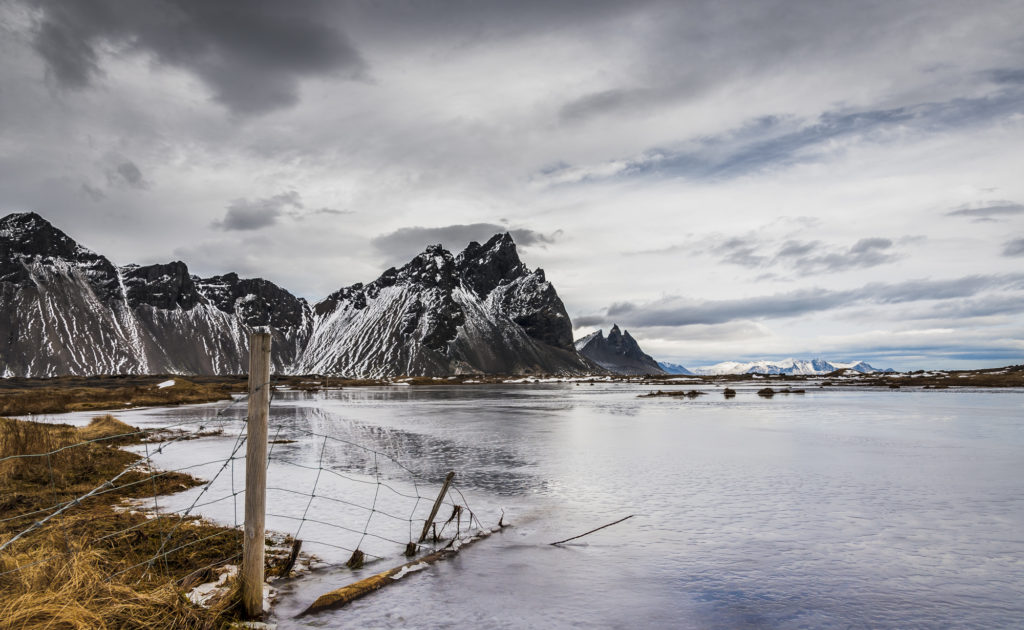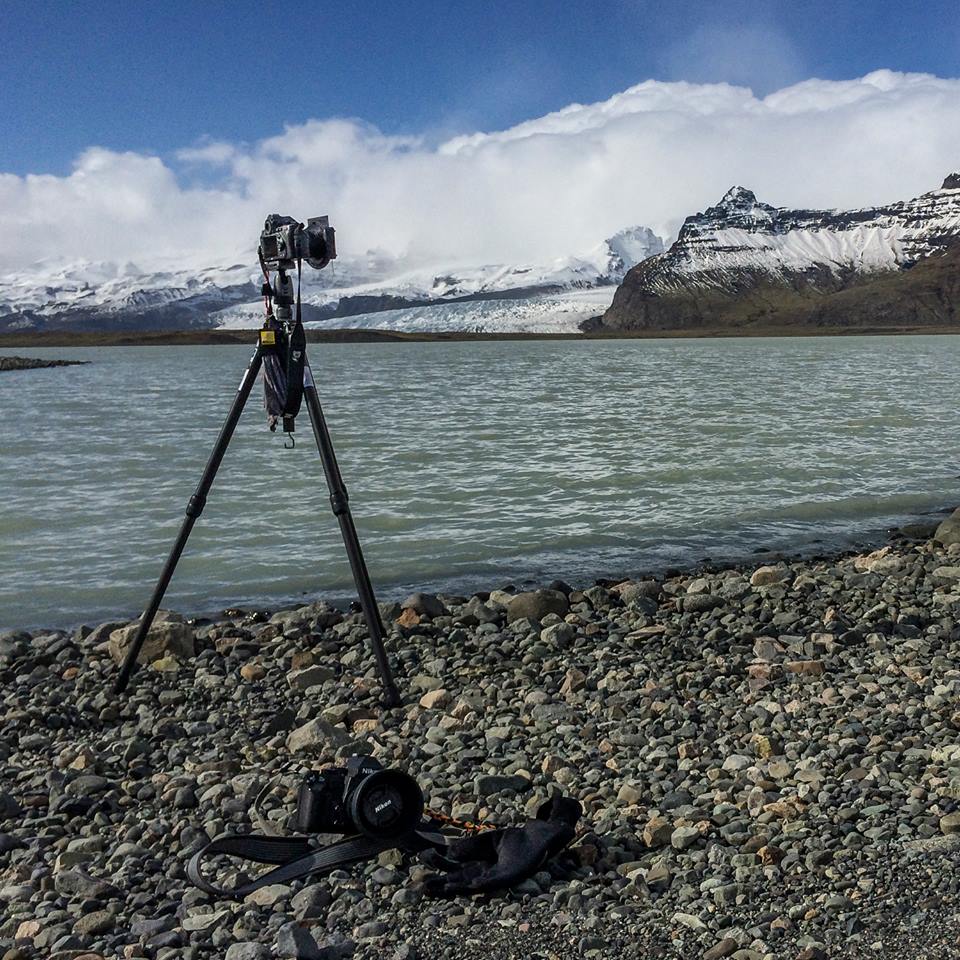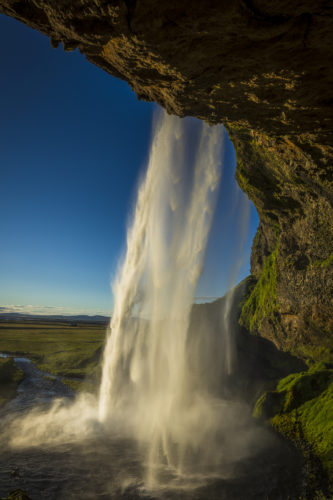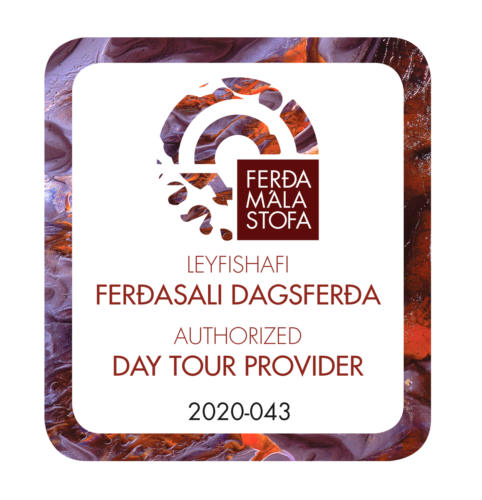Monday, March 6, 2017
I just love how many glorious photos I see every day from travelers all over the world who have visited my beautiful homeland. Landscape photography seems to be one of the reasons why people flock here.
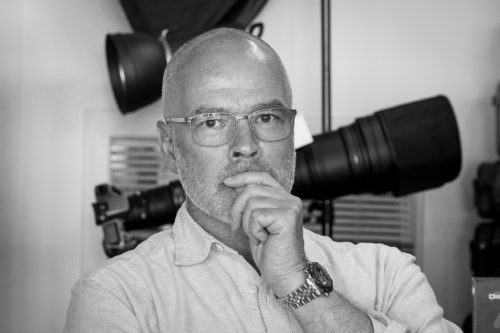
Iceland offers some of the most dramatic, beautiful, mystical and amazing landscapes in the world and I, myself can hardly go a few minutes without grabbing my camera (well, my smart phone at least) and snap away – and I’m rubbish at landscape photography.
But there is a huge difference between a good landscape photo and a magnificent one. So I asked one of my favorite photographers, Gísli Hjálmar Svendsen, to give me some much needed advice on how to take the perfect landscape shot.
Sure, his lingo is a bit pro at times, but that’s because he is the ultimate professional when it comes to photography. I’ll hand the keyboard over to Gísli – read carefully!
10 photography tips for capturing landscape
- Don’t let the sunshine fool you. There is probably no worse lighting for landscape photography than sunlight. But there are of course exceptions to this rule. If you, for example, want to sharpen the definition in the landscape, sunlight can be of great use.
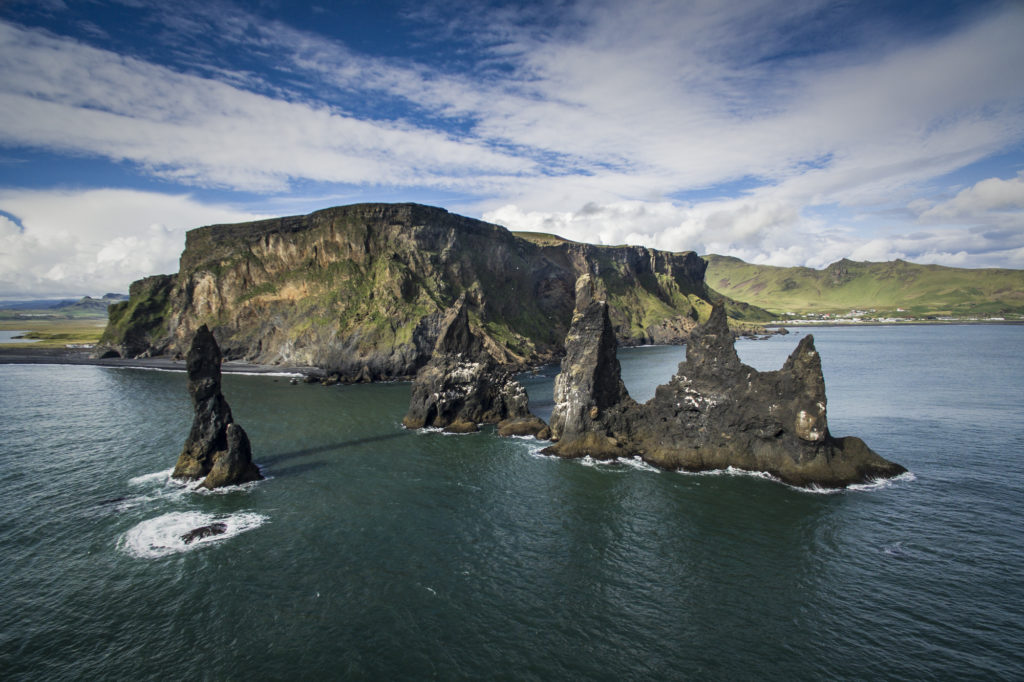
- The best brightness conditions are in the twilights zone, at dusk or dawn, and when the sky is overcast. In the case of overcasting, the best lighting can be found when the sun is up because sunlight works as one, gigantic soft-box.
- Colors are the most beautiful during the summer time. Brightness is very cold during the winter, i.e. there is a prominent blue tone in the spectrum which is apparent in photos which are taken under these circumstances.
- A tripod is important in any sort of photography. Especially if the photo speed goes below 1/60 seconds. It’s good to use the auto mode and set to 2 or 10 seconds, if you’re using a tripod. Then it’s less likely that the camera will shake when snapping a photo.
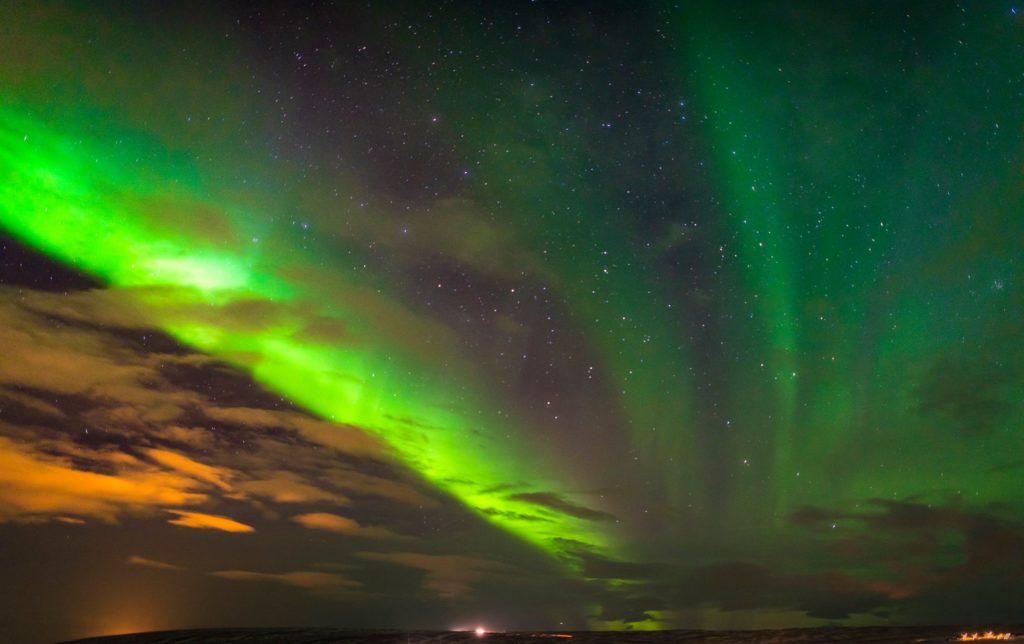
- It’s best to use a tight aperture in landscape photography. Except when photographing in dim light, for example when shooting the northern lights. Then you should use a wide aperture, i.e. f/2.8 or wider. When taking a photo like that you have to use a tripod and a lens with a wide aperture. Most cameras can be set specifically for that type of photography nowadays. An ideal setting is for example: speed: 1/2-4 seconds, ISO 800-1600 and aperture: 1,4-4,0. Please note: This is only a frame of reference. Each photographer has to feel his way along in this type of photography.
-

Photograph waterfalls at a slow speed. It’s good to photograph waterfalls at a slow speed, i.e. at least 1/4 second or slower. By using slow speed you can produce what is called a blur, which creates a silk-like texture on the water. When photographing something that is moving, it’s best to use shutter speed which is 1/250 seconds or faster. With that you ensure the freezing of the natural wonder you’re photographing.
- Make sure your camera lens is clean, without a speck of fluff. It’s also extremely important to use the hood that comes with most lenses nowadays. The hood is especially designed to decrease the lens flare and ghosting, which often happens when photographing in sunlight, and bright light. Lens flare and ghosting often appears in photos and it can be hard to retouch it!
- The ideal lenses for landscape photography are so-called wide-angle lenses, i.e. lenses that are at least 28mm and up to 12mm. The drawback of the lenses in question is that the wider the lens, the more distorted the illustrative material will be. However, you can retouch it a great deal, using for example Lightroom and Photoshop.
- In general, flash is a terrible apparatus in landscape photography. But there are of course exceptions to that rule. That especially applies in night time photography, when it suits to have the foreground well lit, cf. when photographing something specific in the foreground, a person and/or an object for example.
- It’s good to keep in mind that “Less is more” – that especially applies in landscape photography!
